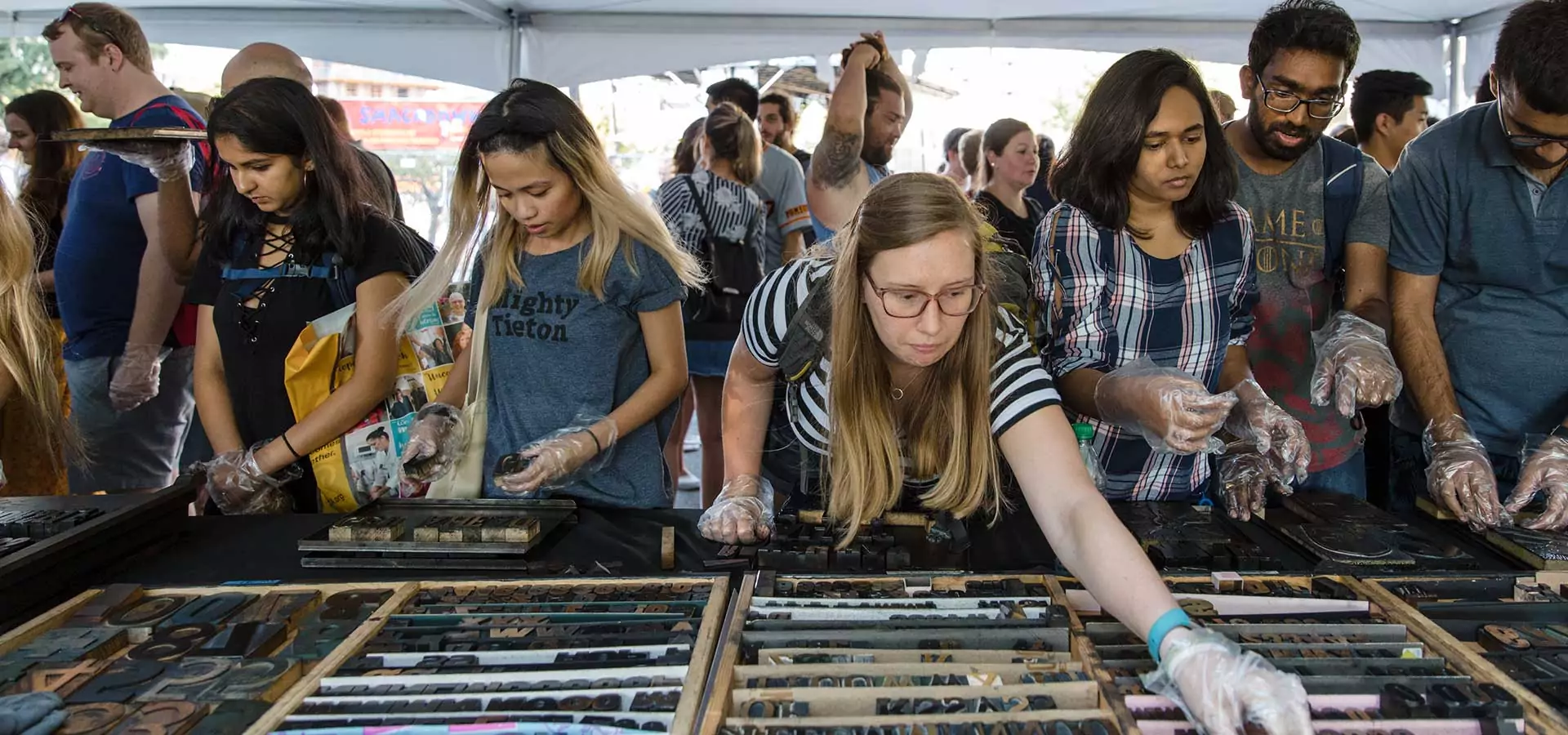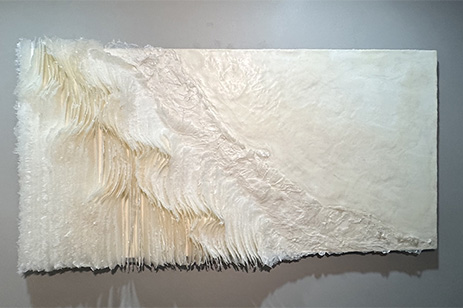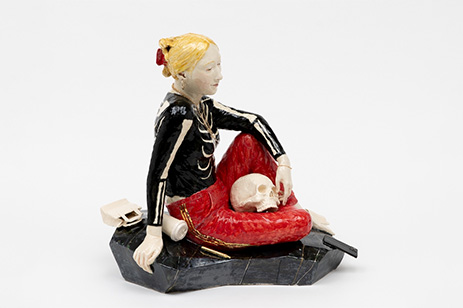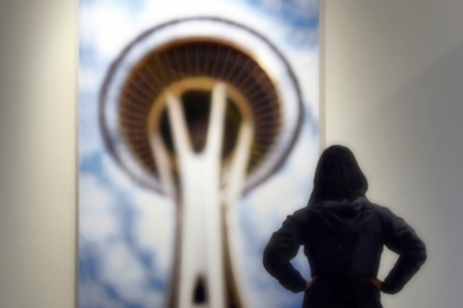Winston Wächter Fine Art is excited to announce our group exhibition, Cut Up, including works by Rogan Brown, Susan Dory, Andreas Kocks, Tiffanie Turner and Dustin Yellin, opening March 18th. Cut Up is a celebration of deconstruction and construction, and the beauty which can be created from creating voids and transforming parts into a reimagined whole.
Rogan Brown uses hand and laser cut paper layers to create organic sculptures, seemingly in the process of cellular growth. Hugely inspired by science, Brown is fascinated by the intricacy of microscopic structures and the beauty of nature at the quantum scale.
Susan Dory, best known for her colorful, geometric, layered paintings, has ventured into three-dimensional form. By using twisted and folded slices of painted canvases, Dory has created blossoming tree-like forms suspended in space. It is as if one of her paintings has been planted, her billowing sculptures the branches hanging from above.
German artist Andreas Kocks creates meticulously crafted installations of cut paper. Working with a limited color palette, Kocks’ forms balance elements from four artistic genres: the linearity of drawing, the painterly brushstroke, the site-specific element of architecture, and the physicality of sculpture. His installations carry a quality of movement and spontaneity, recalling splatters, marks and drips, but are carefully constructed from layers of cut watercolor paper.
Tiffanie Turner, formally trained as an architect, constructs large scale botanicals, in various forms of bloom and decay. Her intricately detailed and layered floral sculptures are larger than life, allowing the viewer to appreciate the rhythms and patterns found in nature. Through this intimate interaction she hopes to draw attention to the urgency of environmental concerns and the wonder which could be lost.
Dustin Yellin is best known for his sculptures in which he embeds hundreds of hand-cut images from drawings, magazines and art books, within complex forms and intricately figurative landscapes he refers to as “psychogeographies.” These figures are composed with pop-culture imagery and are webbed with visions of utopian communities where mankind and nature thrive. These works have been featured at such notable sites as New York’s Lincoln Center, the Kennedy Center, as well as the Brooklyn Museum, where Yellin’s work is part of the permanent collection.




